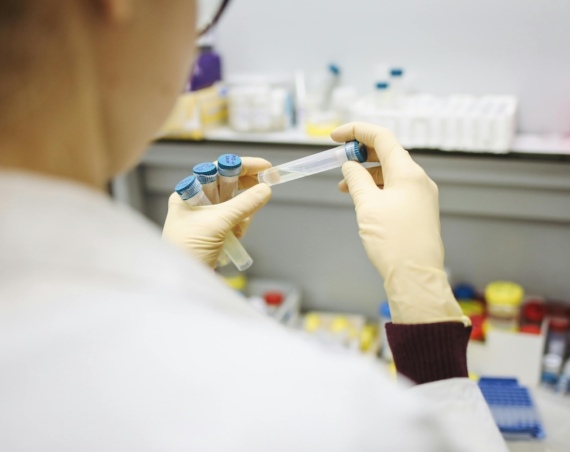At CES 2021, in partnership with the Center For Genital Health And Education (CGHE), the women-founded sextech company Lioness is releasing a report on how the COVID-19 pandemic has changed our sex lives using Lioness’s unique dataset of physiological behavior and data. This is the first study within the newly recently launched Lioness Sex Research Platform, which the company is announcing at CES in addition to the Lioness 2, the next generation of their award-winning biofeedback vibrator.

This report is not only the world’s largest physiological data set on sexual behaviors during the COVID-19 pandemic, it’s also the world’s biggest study done on real world, in-the-bedroom-where-sex-happens sex (rather than in the confines of a research laboratory) in general!
COVID sex and its alleged sex toy boom is an ambiguous conclusion at best. While a number of stories in the media may lead you to believe that everyone is buying more sex toys and having more sex, we have evidence that those bedrooms are not actually that buzzy. Using Lioness Vibrator product usage as our guide, we’ve observed far more convincing evidence of a significant drop-off in masturbation frequency as the year wore on relative to 2019 for the same users.
We looked at anonymous aggregate physiological usage statistics from 1879 Lioness users primarily in the United States who were active in 2019 and 2020 and nearly 40,000 sessions recorded from January 1, 2019 through December 12, 2020. Specifically, there were 19,578 total sessions in 2019 and 19,481 total sessions in 2020*. We supplemented this data with a smaller qualitative user survey of 235 Lioness user respondents to better understand what was going on from a qualitative perspective.
Key takeaways:
– Less Frequent: Masturbation frequency plummeted while the pandemic boomed — November 2020 showed a 37.78% decline in masturbation frequency when compared to frequency in November 2019.
– Longer Duration: Between February 2020 and April 2020, average session duration decreased by 20 seconds. However, between July 2020 and November 2020, average session duration increased by 30 seconds—which is roughly correlated to when US COVID cases spiked.
– Higher Quality (When It Happened)? The most common session rating in 2019 was a 4/5, while the most common rating in 2020 was a 5/5.
You can read the full report at www.lioness.io/covid-study.



